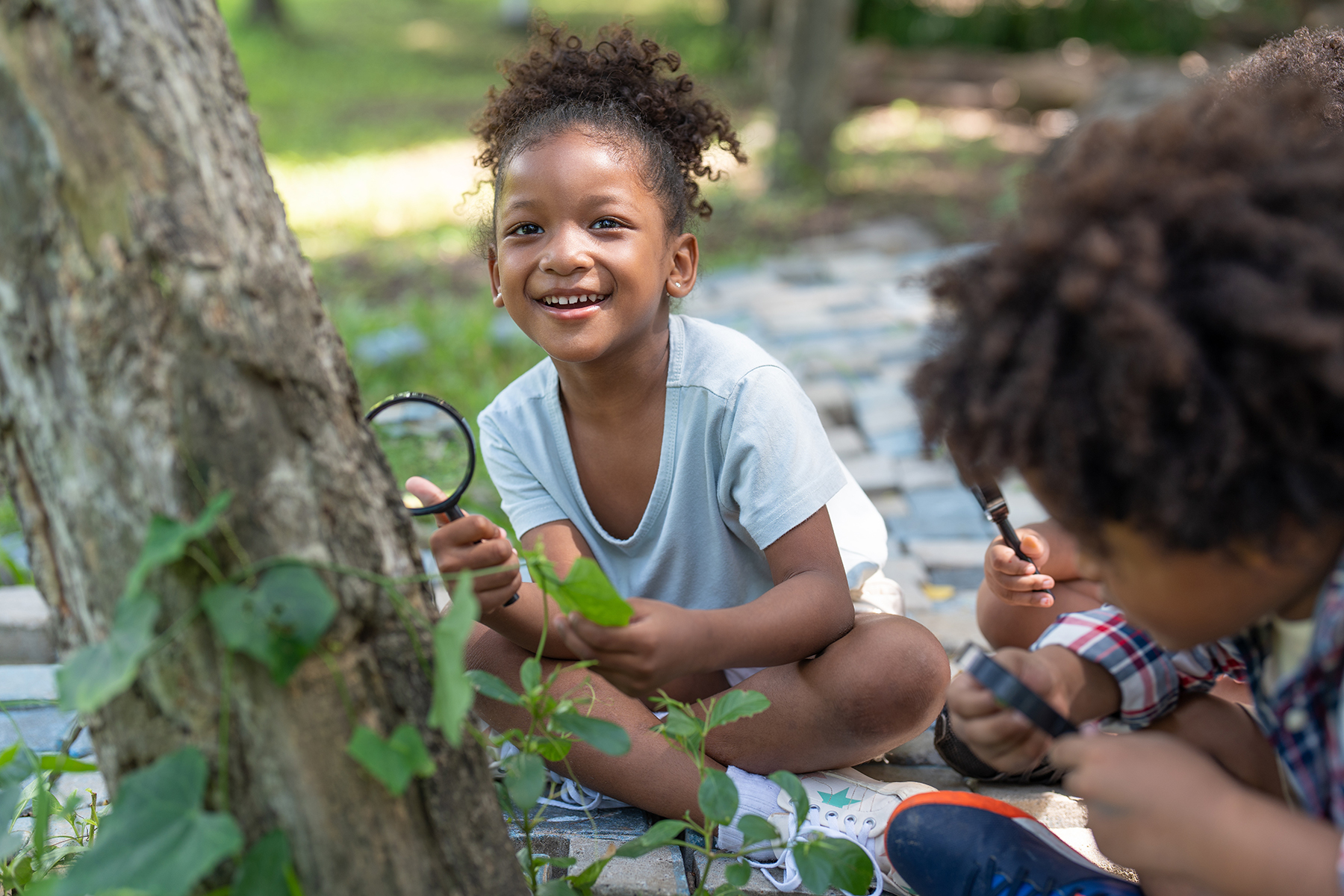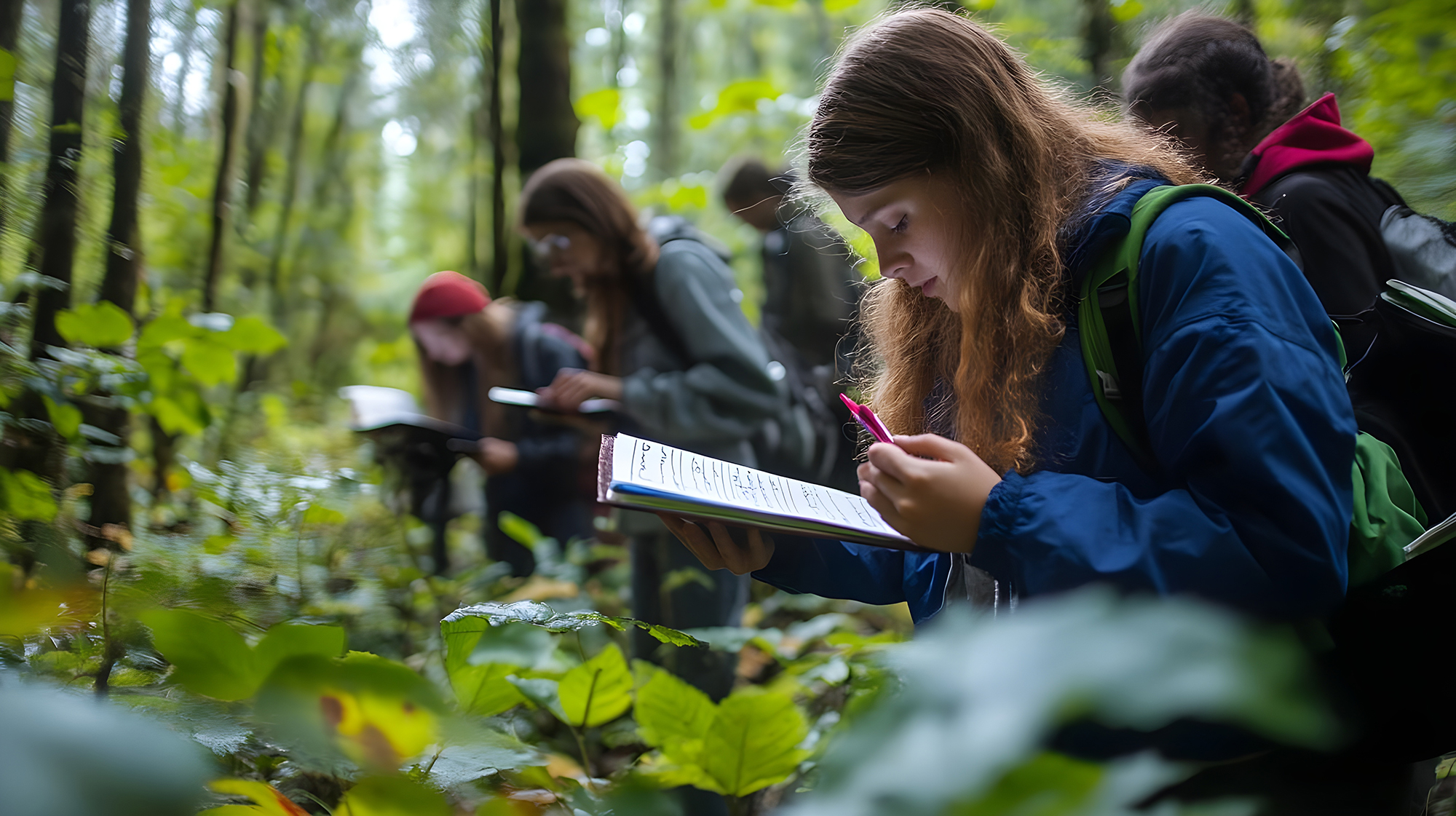Scientific Observation: Where All Good Questions Begin

Scientific observation is the most basic and most powerful tool in the STEM toolbox.
The Dive
Imagine stepping outside early in the morning. The grass sparkles with dew, the air feels cool on your skin, and somewhere nearby a bird is singing. Without even realizing it, you’ve begun the work of a scientist: using your senses to notice the world around you. This is where science starts—not in a lab, but in the everyday act of observation.
Good scientists don’t just glance and move on. They pause. They wonder. Why is the grass wet only in the morning? Why does the bird sing now, but not later in the day? These questions grow out of observation, like branches sprouting from a tree trunk. Curiosity is what turns noticing into knowledge.
Scientists describe their observations in two main ways. Some are qualitative, focusing on qualities like the color of a leaf, the roughness of bark, or the sweetness of a strawberry. Others are quantitative, turning observations into numbers—how tall the plant grew in a week, how many crickets chirped in a minute, how long it took a shadow to move. Both kinds of observations are needed to tell the full story of nature.
To make observations useful, scientists record them carefully. They sketch in journals, jot down notes, make charts, or use tools like thermometers and microscopes to sharpen their senses. The key is that observations should be intentional and repeatable, so another curious mind can see the same thing and learn from it too.
Observation is the root of the scientific method. First comes noticing, then a question, then a hypothesis, then testing and experimenting. If you never stopped to observe the wet grass or the singing bird, you’d never ask the questions that could lead to an explanation. Every experiment begins with a quiet moment of paying attention.
Some discoveries come quickly, but others take patience. A seed doesn’t sprout overnight; the moon doesn’t shift phases in a single evening. Careful observation means slowing down enough to watch change unfold, to see patterns hidden in time. In this way, science teaches us not only to think but also to wait.
By learning to observe like a scientist, we sharpen skills that go beyond science itself—focus, curiosity, patience, and imagination. We learn to see the extraordinary in the ordinary and to keep asking questions that push human understanding forward. Observing is not just looking; it’s opening your eyes, your mind, and your senses to discovery.
Why It Matters
Observation is how science begins and how scientists stay grounded in the real world. It’s a skill that builds awareness, patience, and a mindset of inquiry. In a world moving fast, observation slows us down just enough to notice what really matters. It invites us to wonder, to question, and to discover truths hiding in plain sight. For every young scientist, learning to observe is learning how to think like a scientist for life.
?
What’s the difference between observing and guessing?
How can we make observations more accurate or detailed?
What are some tools that help scientists observe things we can’t see with the naked eye?
What’s one thing in your home or backyard you’ve never truly paid attention to?
Why might observation be more important than jumping to conclusions?
Dig Deeper
Learn the difference between an observation and an inference. An observations uses our 5 senses to make observations. These observations can be qualitative or quantitative. An inference is an explanation of the observation based on prior experience.
Tyson explains how observation fuels curiosity and how curiosity fuels scientific discovery.
Related

Classification: How We Make Sense of a Wild and Wonderful World
Before we can protect nature—or understand it—we have to organize it. Classification is the science of finding patterns, drawing lines, and asking: What belongs where, and why?

The Scientific Method
What do curiosity, logic, and a good notebook have in common? They're the foundation of the scientific method—a system that turns wonder into wisdom.

Harnessing the Power of Offshore Wind
Offshore wind energy is one of the fastest-growing renewable energy sources, capable of delivering massive amounts of clean electricity right where people live: along coastlines.
Further Reading
Stay curious!
